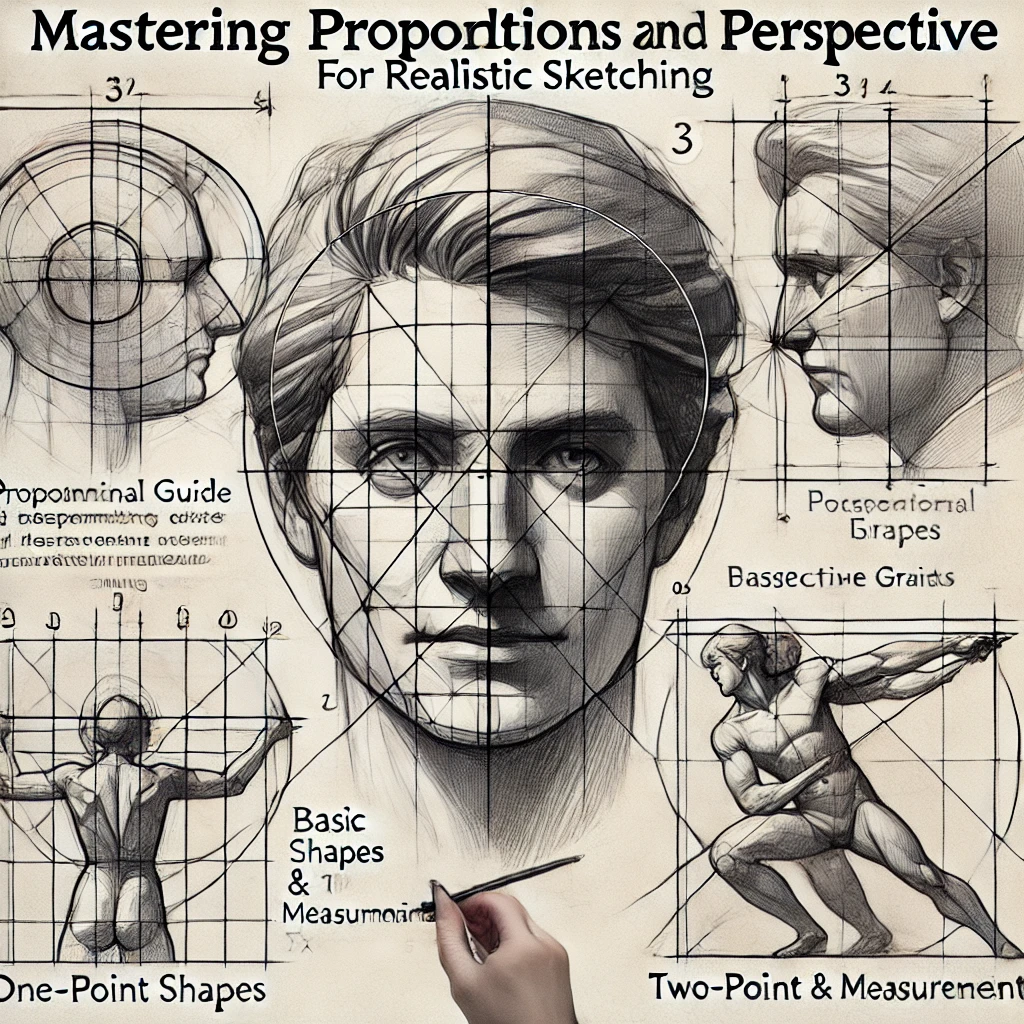
Achieving realism in sketching requires a strong grasp of proportions and perspective. Whether you’re drawing portraits, landscapes, or architecture, understanding these fundamental principles will significantly improve your artwork. This guide covers essential techniques, practical exercises, and tools to help you refine your skills.
Essential Tools for Sketching Proportions and Perspective
✔ Graphite Pencils (2H-8B) – For detailed sketches and shading.
✔ Ruler and Compass – Helps maintain precise proportions and angles.
✔ Perspective Grid Sheets – Useful for practicing vanishing points and depth.
✔ Erasers (Kneaded & Precision) – For refining lines and correcting proportions.
✔ Blending Stumps – Softens shading for depth and dimension.
🛒 Shop the best sketching tools here
Understanding Proportions in Sketching
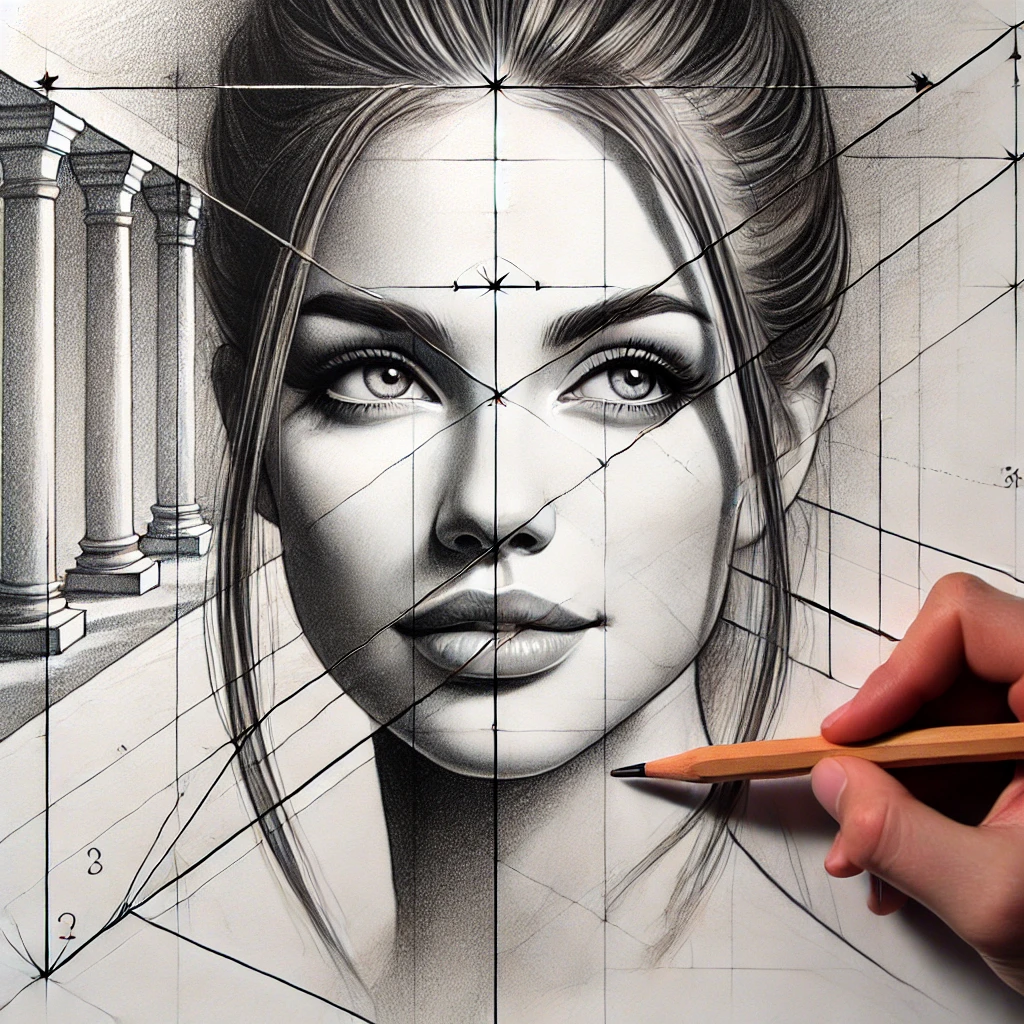
1. Breaking Down Complex Subjects
📏 Use the Grid Method – Divide your reference into smaller sections to simplify proportions.
✍️ Start with Basic Shapes – Sketch foundational shapes before adding details.
🖼️ Compare Size Relationships – Measure how different parts of your subject relate to each other.
2. The Rule of Thirds for Balanced Composition
🎨 Align key elements with vertical and horizontal grid lines.
📸 Use reference photos to practice framing well-balanced sketches.
🔍 Adjust placement of features to create visually appealing compositions.
3. Measuring Proportions Accurately
📐 Use your pencil as a measuring tool to compare distances.
👀 Check proportions frequently to ensure accuracy before detailing.
🛒 Find the best proportion measuring tools here
Mastering Perspective for Depth and Realism
1. Understanding Vanishing Points
🏙️ One-Point Perspective – Best for straight-on views (e.g., hallways, roads).
🏡 Two-Point Perspective – Ideal for architectural drawings and angled objects.
🌆 Three-Point Perspective – Used for dramatic, dynamic angles and bird’s-eye views.

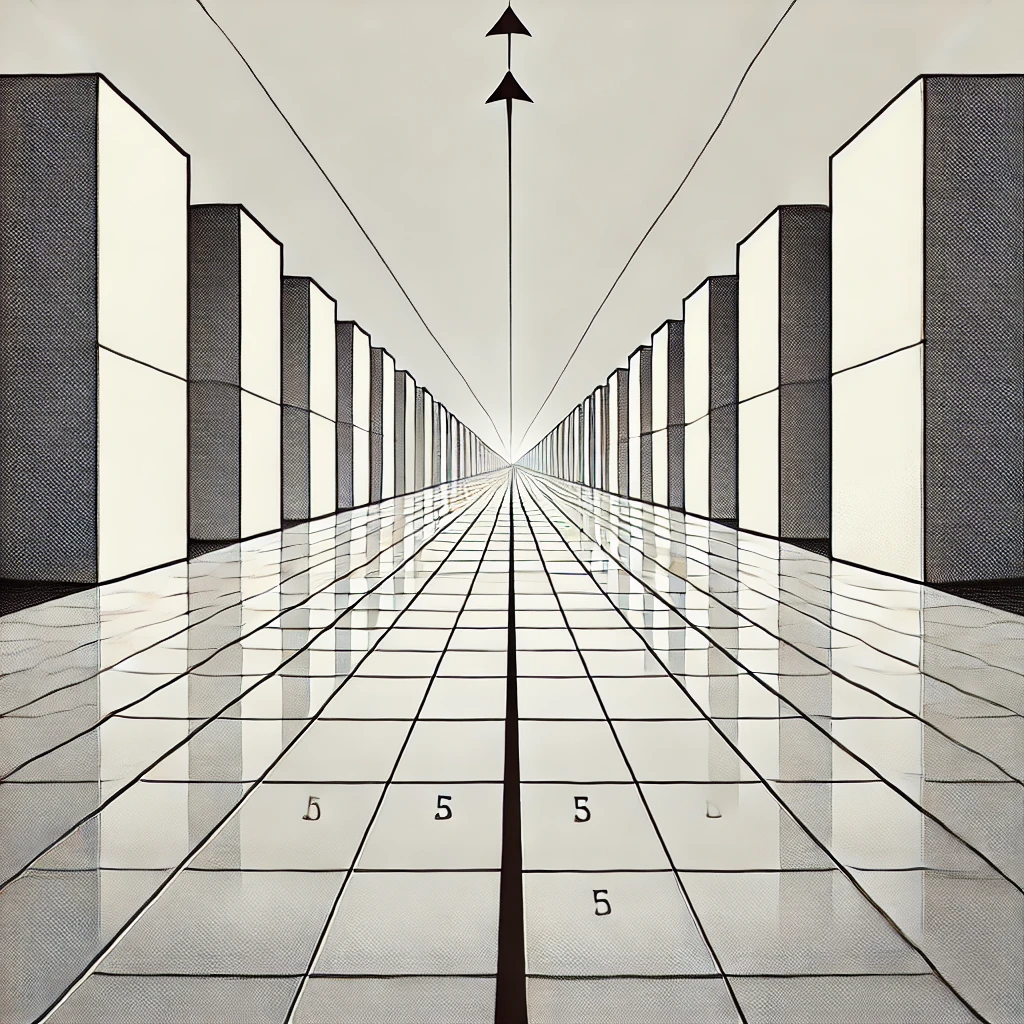
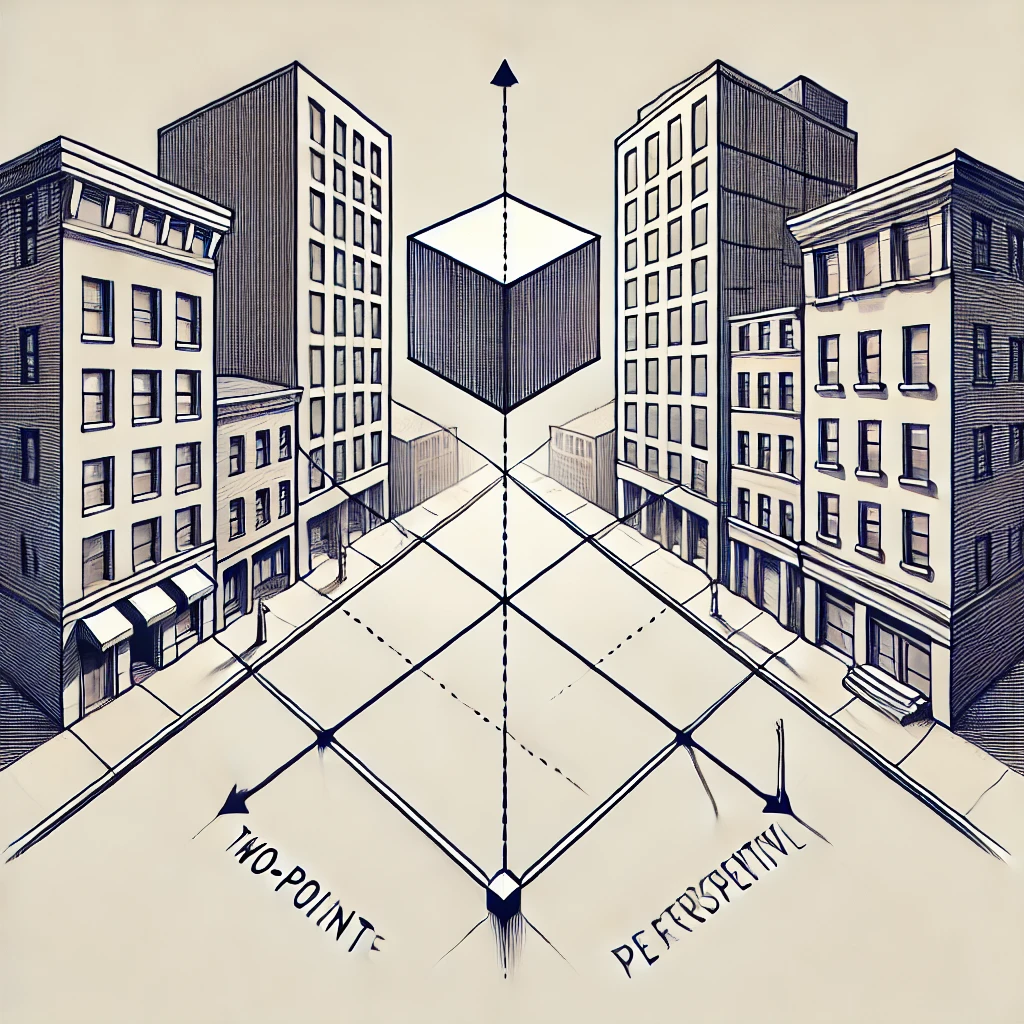
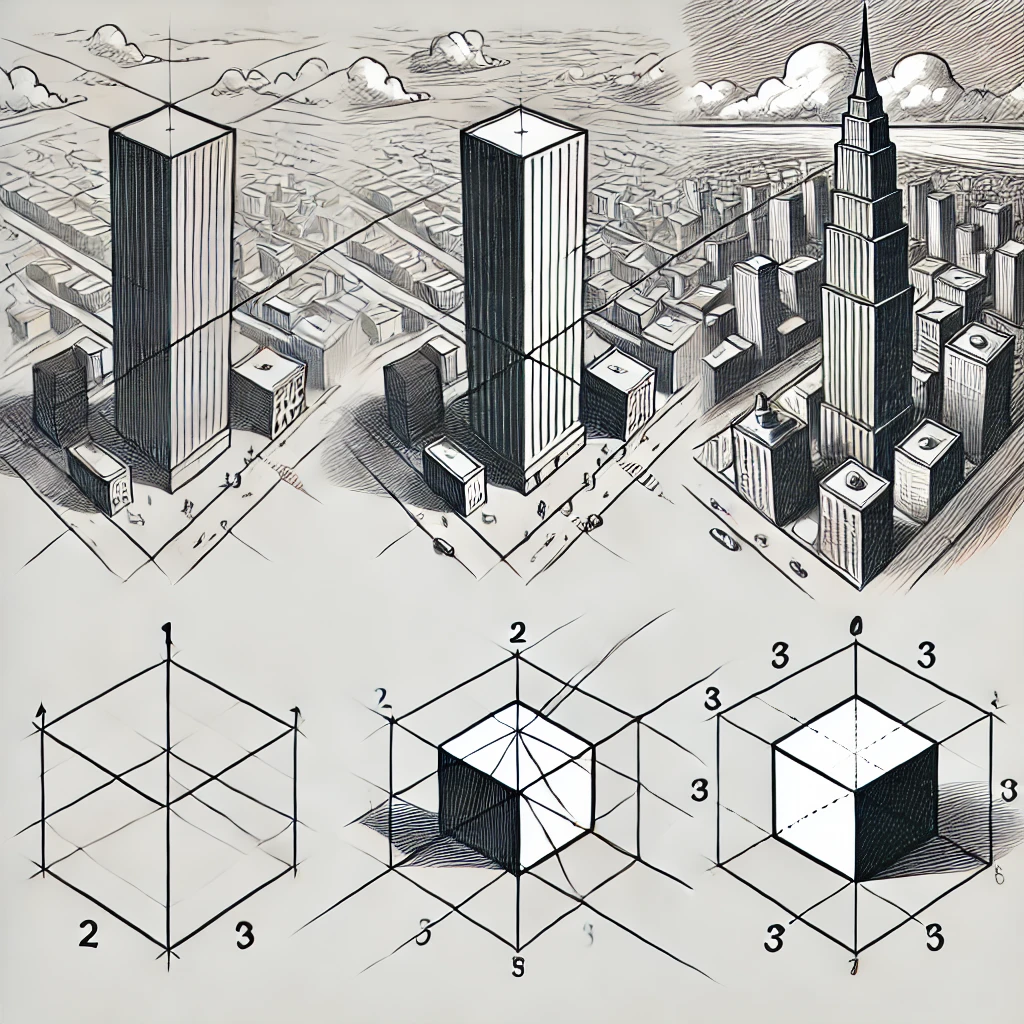
2. Creating Depth with Overlapping and Scaling
📌 Larger objects in the foreground enhance a sense of closeness.
🔍 Smaller objects in the background create depth and distance.
✏️ Overlapping elements make objects appear layered and more realistic.
3. Mastering Foreshortening for Realistic Drawings
🖐 Distort limbs and objects to match their perspective in space.
🔄 Use curved lines to define cylindrical objects at different angles.
📌 Practice gesture drawing to improve dynamic posing.
🛒 Shop perspective drawing aids here
Learn to draw perspective with precision! Watch the tutorial here and bring depth to your sketches! ✏️
Common Mistakes and How to Fix Them
🚫 Ignoring basic shapes – Always start with simple forms to guide proportions.
🚫 Inconsistent perspective – Double-check vanishing points before adding details.
🚫 Skipping preliminary sketches – Rough layouts help prevent misaligned elements.
Final Thoughts: Improve Your Sketching Skills
Mastering proportions and perspective is essential for creating realistic, well-balanced sketches. With practice and the right techniques, you can achieve more depth, accuracy, and life in your artwork.
🎨 Ready to upgrade your sketching tools? Check out our top recommendations here and take your drawings to the next level!
📌 Love this guide? Save it to your Pinterest board and inspire fellow artists!